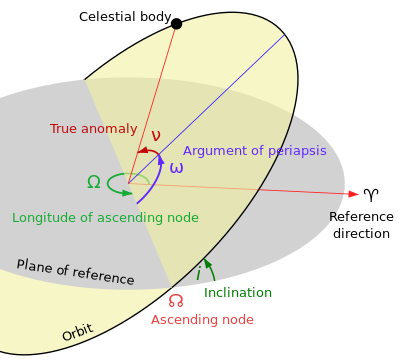SpaceX Perkenalkan Kapsul Antariksa Baru Pengganti Soyuz TMA
 |
| Elon Musk berfoto bersama dengan kapsul Dragon V2. Image credit: SpaceX |
Jangan Pernah Berhenti Mempelajari Ilmu Astronomi , Karena Diatas Langit Masih Terdapat Langit
Go to Blogger edit html and find these sentences.Now replace these sentences with your own descriptions.
Go to Blogger edit html and find these sentences.Now replace these sentences with your own descriptions.
Go to Blogger edit html and find these sentences.Now replace these sentences with your own descriptions.
Go to Blogger edit html and find these sentences.Now replace these sentences with your own descriptions.
Go to Blogger edit html and find these sentences.Now replace these sentences with your own descriptions.
 |
| Elon Musk berfoto bersama dengan kapsul Dragon V2. Image credit: SpaceX |
 |
| Bulan. Image credit: wikiversity |
|
|
This article may be confusing or unclear to readers. Please help us clarify the article; suggestions may be found on the talk page. (July 2009) |
| This section may be confusing or unclear to readers. (January 2012) |
|
|
This article may be confusing or unclear to readers. Please help us clarify the article; suggestions may be found on the talk page. (July 2009) |
